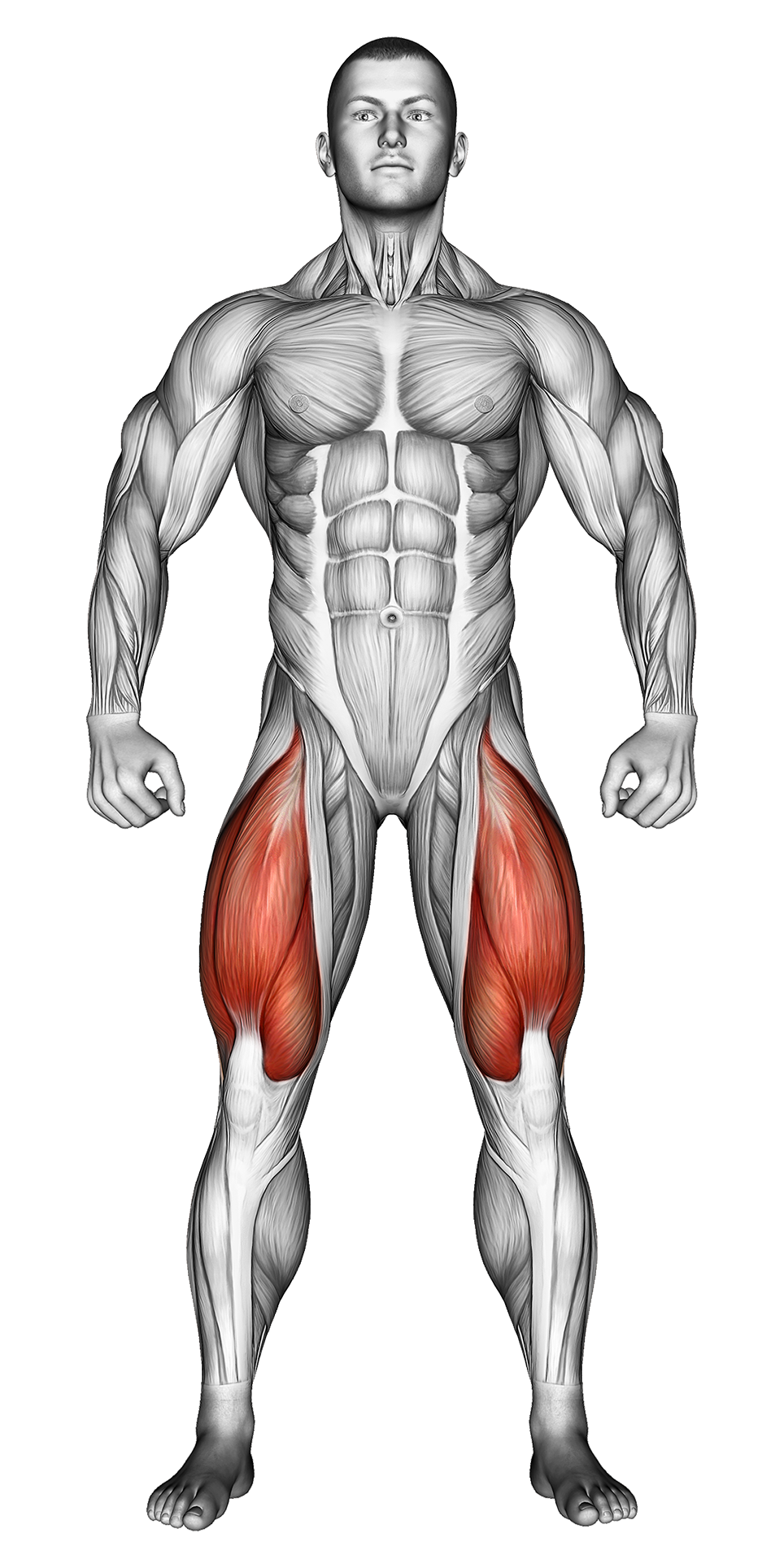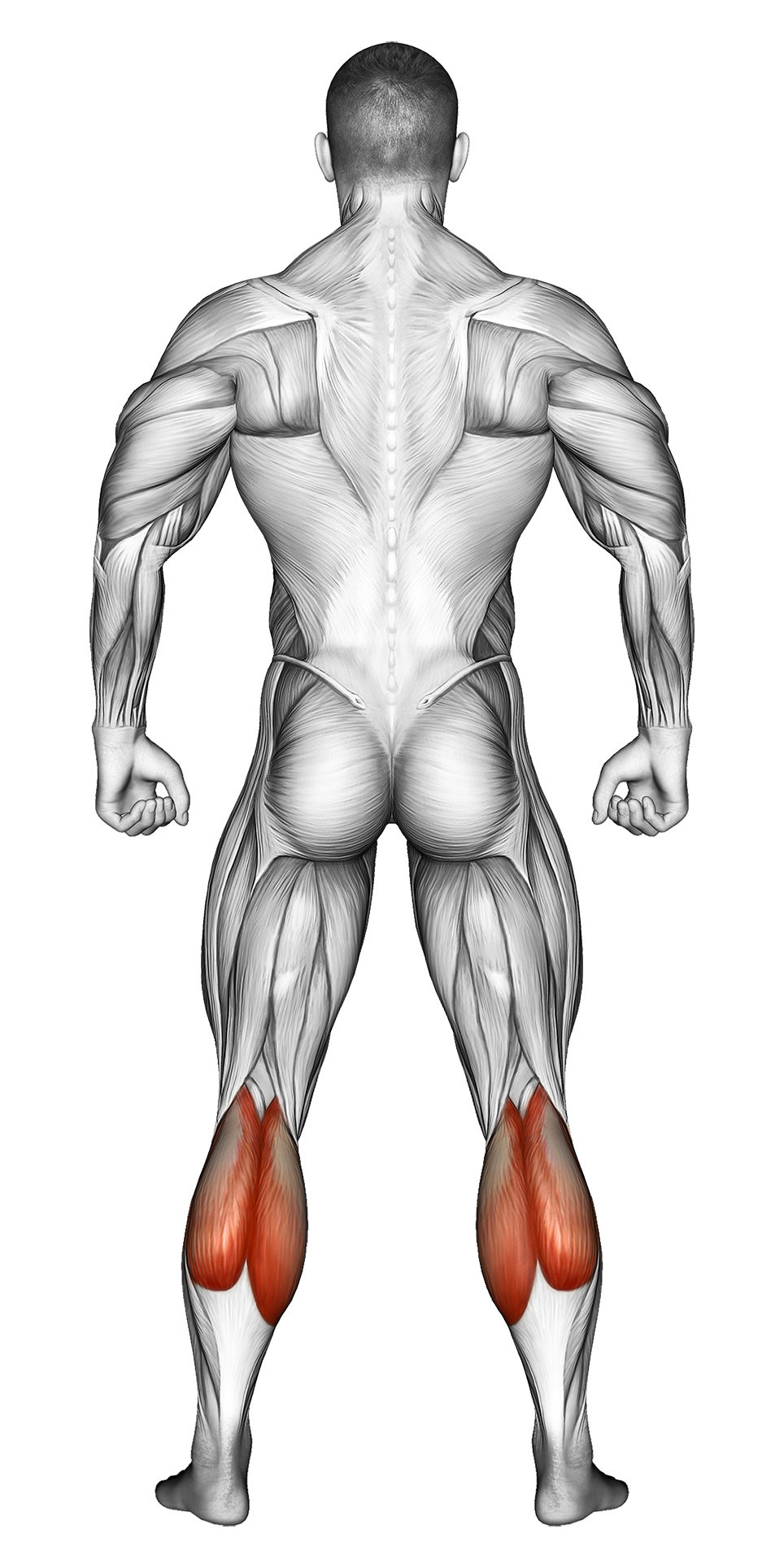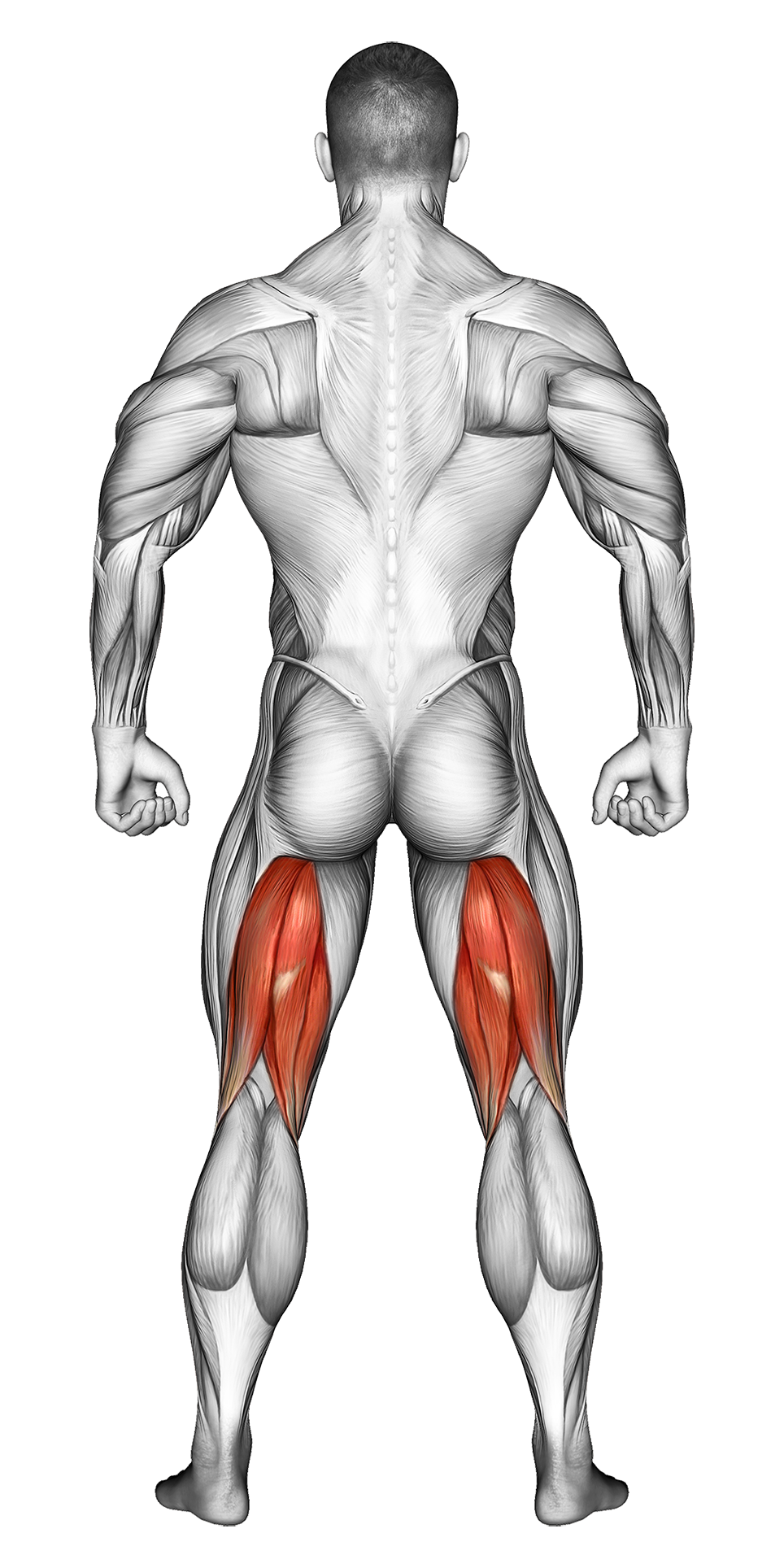Dumbbell Jumping Squat: Video Tutorial & Exercise Guide

Written By: Ether Brown
Updated: Oct 13, 2024
| Workout | Dumbbell Jumping Squat |
| Primary Muscle Group | Quads |
| Secondary Muscle Group | Calves, Hamstrings |
| Equipment Required | Dumbbell |
| Force Type | Push |
| Mechanics | Compound |
| Exercise Type | Cardio |
| Difficulty | Intermediate |
Dumbbell Jumping Squat: Video Tutorial & Exercise Guide
- 1.Dumbbell Jumping Squat: Muscle Groups
- -1.1Primary Muscle Group
- -1.2Secondary Muscle Group
- 2.Dumbbell Jumping Squat: Step-by-Step Guide
- 3.Dumbbell Jumping Squat: Overview
- 4.Dumbbell Jumping Squat: Benefits
- 5.Dumbbell Jumping Squat: Pro Tips & Advanced Techniques
- 6.Dumbbell Jumping Squat: Progression Plan
- 7.Dumbbell Jumping Squat: Frequently Asked Questions (FAQs)
Secondary Muscles Group
Dumbbell Jumping Squat: Step-by-Step Guide
- Step 1: Hold a dumbbell in each hand, arms extended by your sides, with your feet shoulder-width apart. Keep your chest up and core tight.
- Step 2: Lower into a squat by bending your knees and pushing your hips back, keeping the dumbbells at your sides. Ensure your knees don’t extend past your toes.
- Step 3: Explosively push through your heels to jump up off the ground, keeping the dumbbells securely in your hands.
- Step 4: Land softly with your knees slightly bent to absorb the impact and immediately lower back into the squat position for the next rep.
- Step 5: Repeat for the desired number of reps, focusing on explosive jumps and controlled landings.
Dumbbell Jumping Squat: Overview
The Dumbbell Jumping Squat is a plyometric exercise that combines strength and explosive power. It targets the quads, glutes, hamstrings, and calves while also engaging your core. By adding dumbbells, you increase the intensity, building both strength and cardiovascular endurance.
This exercise is excellent for athletes or those looking to improve lower-body power and jumping ability. It’s also a great fat-burning move as it elevates your heart rate and burns calories while building muscle.
Dumbbell Jumping Squat: Benefits
The Dumbbell Jumping Squat builds explosive power in your legs, improves vertical jump ability, and enhances overall lower-body strength. It’s also a high-intensity exercise that promotes fat loss by increasing heart rate and calorie burn.
Additionally, this exercise strengthens stabilizing muscles, improves coordination, and boosts agility, making it a great functional movement for athletes and fitness enthusiasts alike.
Dumbbell Jumping Squat: Pro Tips & Advanced Techniques
Focus on landing softly with your knees slightly bent to absorb the impact. Keep your core tight to maintain balance throughout the movement. Start with lighter dumbbells to master the form, then increase the weight as you get stronger. Want to add more intensity? Increase the height of your jump or use heavier dumbbells, but always prioritize form over load.
Dumbbell Jumping Squat: Progression Plan
Beginner
Intermediate
Advanced
Dumbbell Jumping Squat: Frequently Asked Questions (FAQs)
What muscles do Dumbbell Jumping Squats target?
+Dumbbell Jumping Squats primarily target the quads, glutes, hamstrings, and calves, while also engaging the core for balance and stability.
How can I make Dumbbell Jumping Squats easier?
+To make the exercise easier, perform the jumps without dumbbells or use very light weights. You can also reduce the jump height until you build more strength and control.
How do I increase the difficulty of Dumbbell Jumping Squats?
+To make the exercise more challenging, increase the weight of the dumbbells, jump higher, or perform more sets. You can also perform the jumps in quick succession to further increase intensity.
How often should I do Dumbbell Jumping Squats?
+Incorporate Dumbbell Jumping Squats 1-2 times per week as part of your lower-body or plyometric workout routine. Pair them with other leg exercises like lunges or deadlifts for a complete leg workout.
What common mistakes should I avoid?
+Avoid landing with locked knees or using too much weight too soon. Focus on soft, controlled landings and maintaining proper form throughout the exercise.
Share
Don’t Wish for It, Work for It – Join the FlexXP Newsletter Today!
Thank you for signing up for the FlexXP Newsletter!
This site is protected and the Google Privacy Policy and Terms of Service apply.


